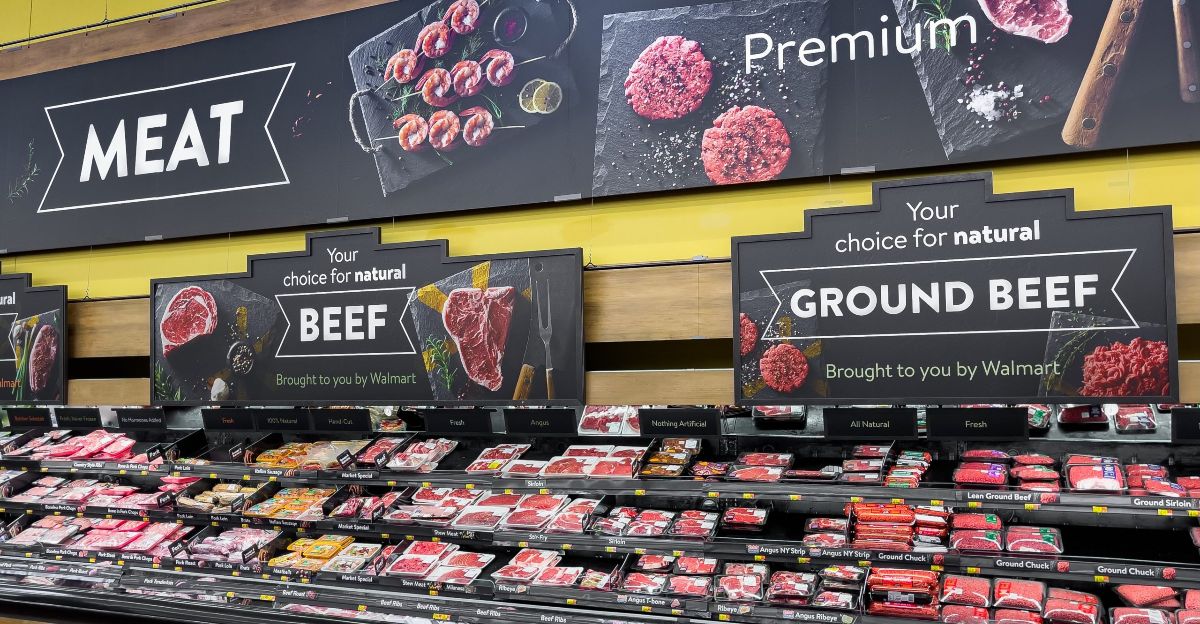
What if the secret to fighting soaring beef prices isn’t found in the grocery aisle, but behind the scenes? While shoppers focus on price tags, a significant shift is unfolding in the beef supply chain. This change could transform how America gets its steak, potentially easing the financial burden on consumers.
The rising cost of beef has become a hot topic, but few realize that the solution might lie in controlling the processing and packaging steps. By rethinking how beef moves from ranch to table, companies are exploring new ways to stabilize prices and improve supply reliability. This story is just beginning; its impact could ripple through your next grocery trip. Stay tuned as we uncover the forces at work behind the scenes that might soon change your dinner plate.
Beef Prices Pinch Consumers Nationwide
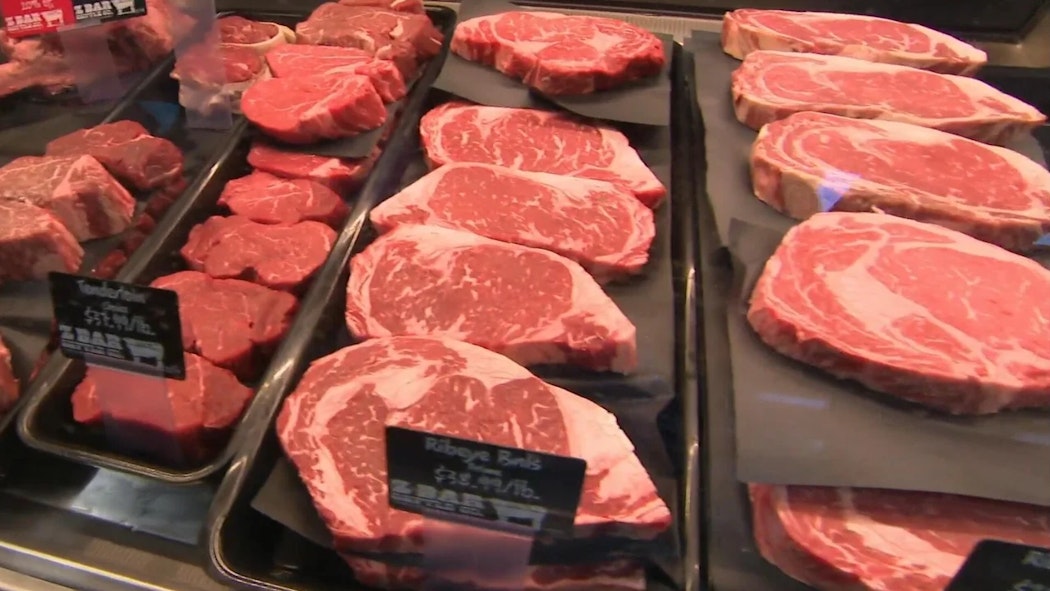
Beef prices have surged dramatically across the United States, affecting millions of consumers from coast to coast. Families feel the squeeze as grocery bills climb, forcing many to reconsider their shopping habits. The Midwest, a key beef-producing region, is no exception; local stores grapple with volatile prices and unpredictable supply. This nationwide surge is driven by tight supply and strong demand, creating a challenging environment for retailers and shoppers.
As prices continue to climb, questions arise about how long consumers can absorb these increases without cutting back on beef purchases. The economic pressure is real, and the stakes are high. Could your local supermarket soon face shortages or even steeper prices? The unfolding situation demands new solutions to keep beef affordable and accessible.
From Butcher to Complex Supply Chains
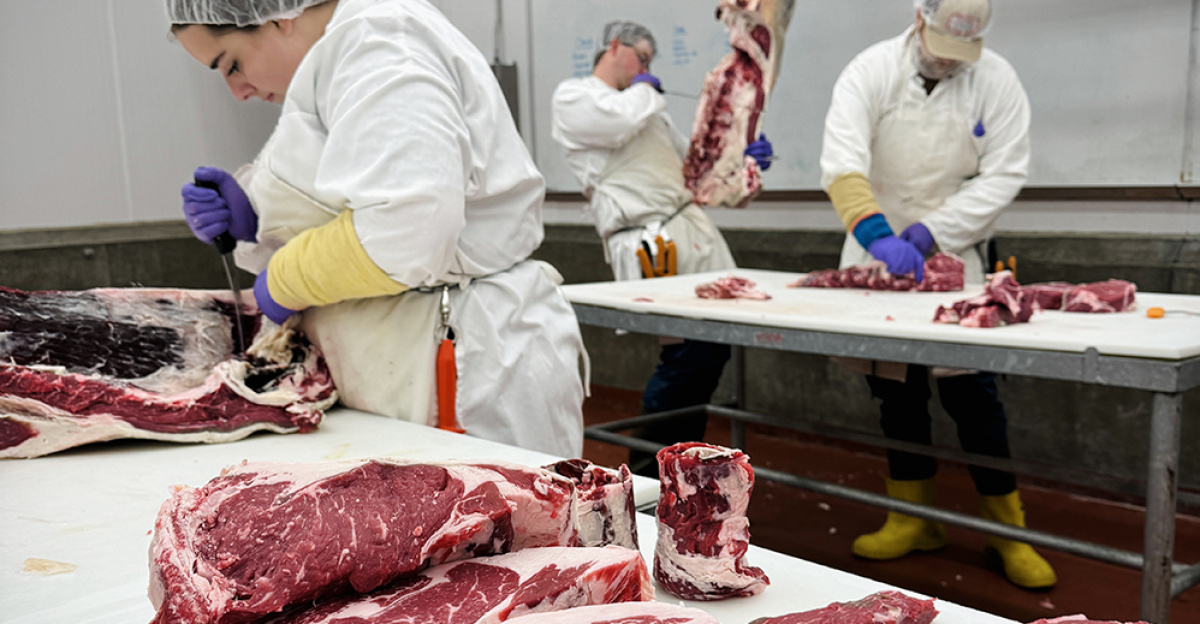
Remember when buying beef meant visiting your local butcher who knew exactly where your meat came from? That personal connection made it easy to trust quality and price. Today, the beef supply chain has become far more complex, involving numerous intermediaries such as processors, distributors, and packaging companies. Each step adds cost and distance between the ranch and your table, often increasing prices and reducing transparency.
This complexity makes it difficult for consumers to trace the origins of their meat and understand why prices are rising. The loss of that simple, direct relationship has contributed to frustration among shoppers who want quality and affordability. As the beef industry evolves, many long for a return to greater transparency and efficiency without sacrificing the convenience of modern grocery shopping.
The Perfect Storm: Rising Prices and Shrinking Supply
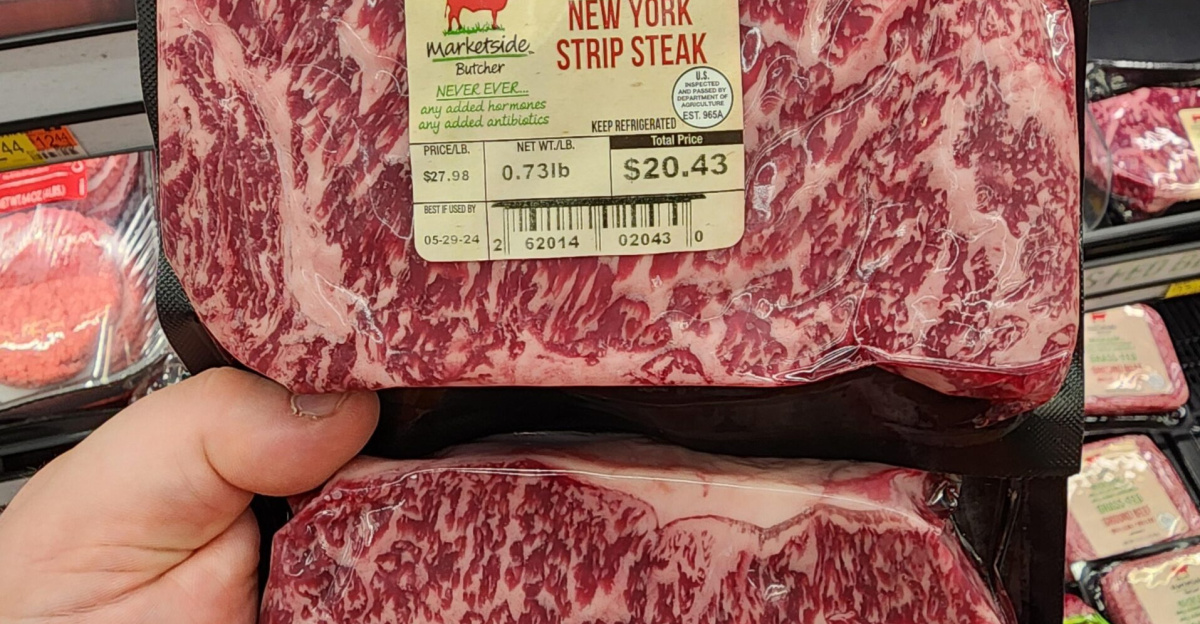
Beef and veal prices jumped 8.6% last year and are expected to rise another 6.8% this year. Meanwhile, cattle herds in the U.S. have shrunk to their lowest levels in 74 years. Increasing demand and declining supply create a perfect storm, squeezing both ranchers and consumers. Ranchers face drought, high feed costs, and financial pressures, making it harder to rebuild herds quickly. For shoppers, this means higher prices and less availability at the meat counter.
The imbalance between supply and demand is driving uncertainty across the industry. Without intervention, these trends could continue to push beef prices upward, forcing families to make tough choices about their food budgets. The need for innovative solutions to stabilize the market has never been greater.
Walmart’s Bold Move: A New Beef Processing Plant
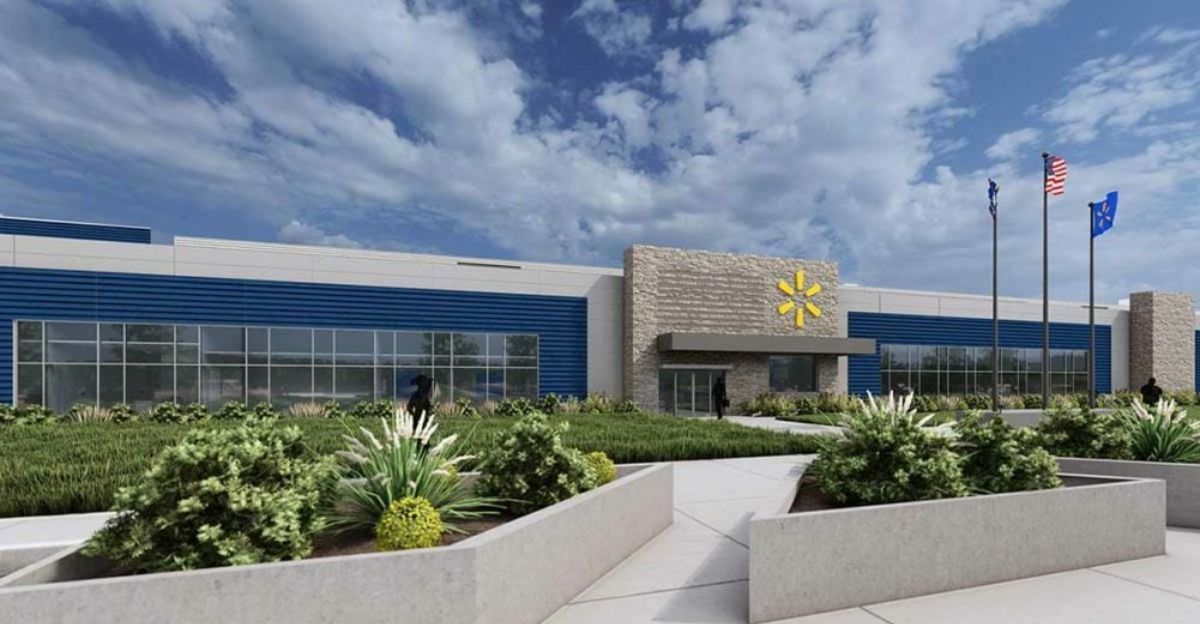
almart is stepping up with a bold solution: opening its first-ever beef processing plant in Olathe, Kansas. This move allows Walmart to cut out intermediaries, control packaging, and manage more of the supply chain directly. By doing so, the retail giant aims to lower costs and secure a steady beef supply for 600 stores across the Midwest. This facility represents a significant shift in how beef is sourced and delivered, potentially stabilizing prices and improving consumer availability.
Walmart’s vertical integration strategy could set a new standard in the industry, offering fresher products at more consistent prices. This plant is more than just a factory; it’s a strategic response to the challenges facing the beef market today, signaling a new era of supply chain control and cost management.
Impact on the Midwest: More Stable Prices Ahead?
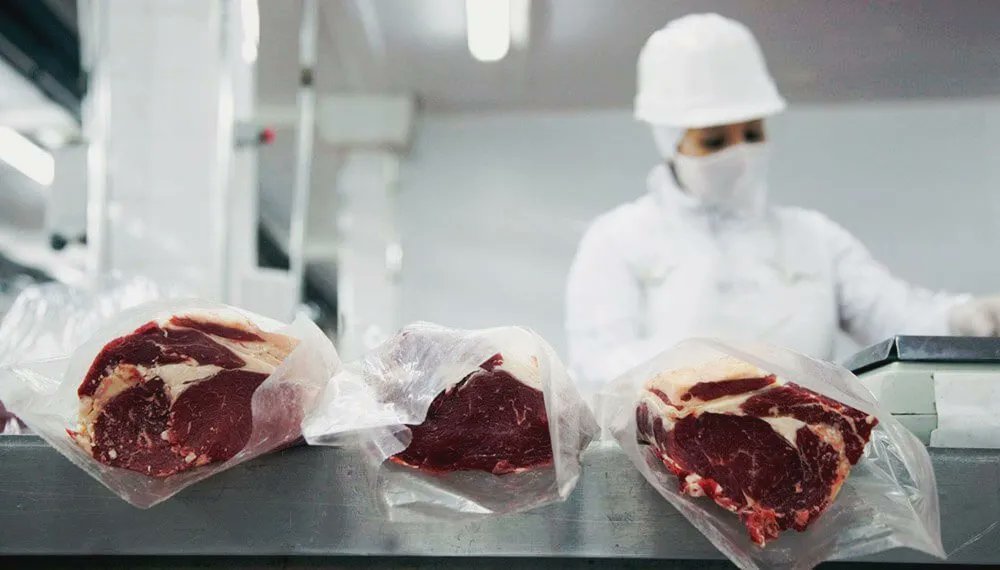
The new processing plant is designed to serve Walmart stores primarily in the Midwest, where beef prices have been especially volatile. By localizing processing and packaging, Walmart expects to reduce transportation costs and improve supply chain reliability. This could translate into more consistent beef prices and better availability for shoppers in communities hit hardest by recent price swings.
For many Midwest families, this development offers hope for relief at the grocery store and a steadier supply of their favorite beef products. In a region where beef is a dietary staple, Walmart’s initiative could have a meaningful impact on consumers and local economies. The plant’s success may encourage other retailers to explore similar strategies to address regional supply challenges.
Ranchers’ Concerns and Industry Tensions
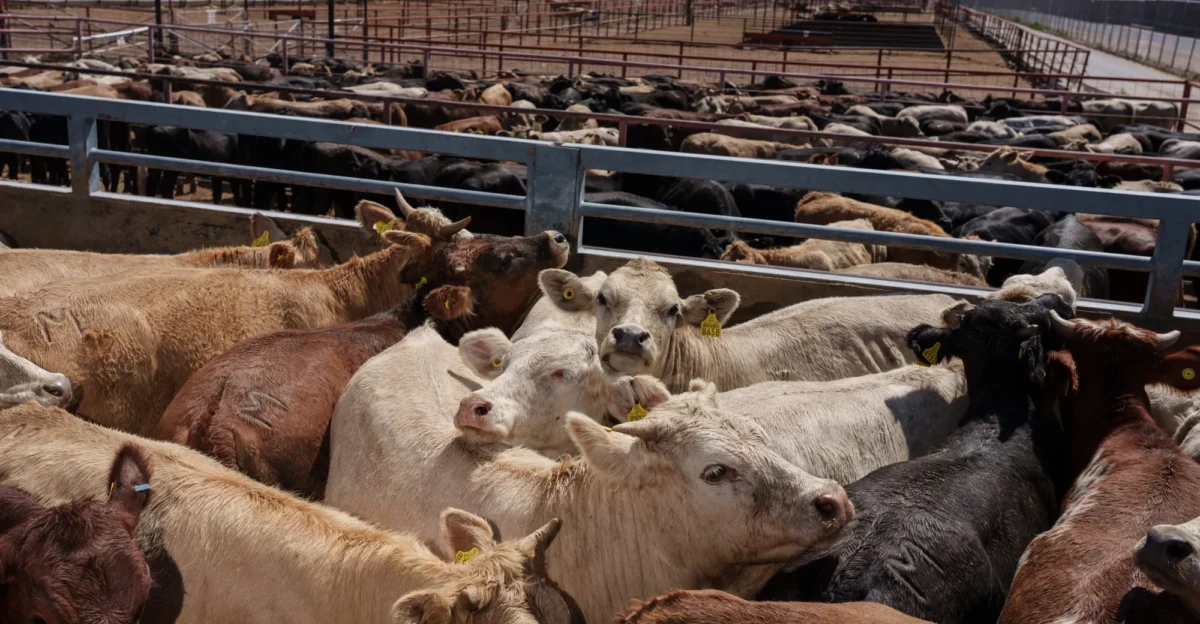
While Walmart’s new plant offers potential benefits, not everyone is celebrating. Ranchers face record-low cattle numbers and financial strain, making it challenging to meet demand. Many worry that Walmart’s growing control over beef processing could squeeze independent suppliers and reduce their bargaining power. This consolidation raises concerns about fair competition and the future of small and mid-sized producers.
Some fear that Walmart’s dominance might limit market access for traditional ranchers and alter long-standing industry relationships. The tension between efficiency gains and preserving a diverse supplier base highlights the beef industry’s complex challenges. As Walmart’s strategy unfolds, balancing innovation with fairness will be critical to maintaining a healthy, sustainable beef market.
Raising the Bar for Competitors

Walmart’s vertical integration places new pressure on competitors who still rely on traditional beef supply chains. Grocery chains that depend on multiple intermediaries may struggle to match Walmart’s ability to control costs and ensure supply. This shift could redefine pricing and quality standards across the beef industry.
Competitors may need to innovate or risk losing market share as Walmart leverages its scale and supply chain control. The move signals a broader trend toward consolidation and direct control in food retailing. Increased competition could mean better prices and product consistency for consumers, but only if other retailers respond effectively. The industry is entering a new phase where supply chain mastery could be as important as brand loyalty.
Consumers Shift as Beef Prices Climb
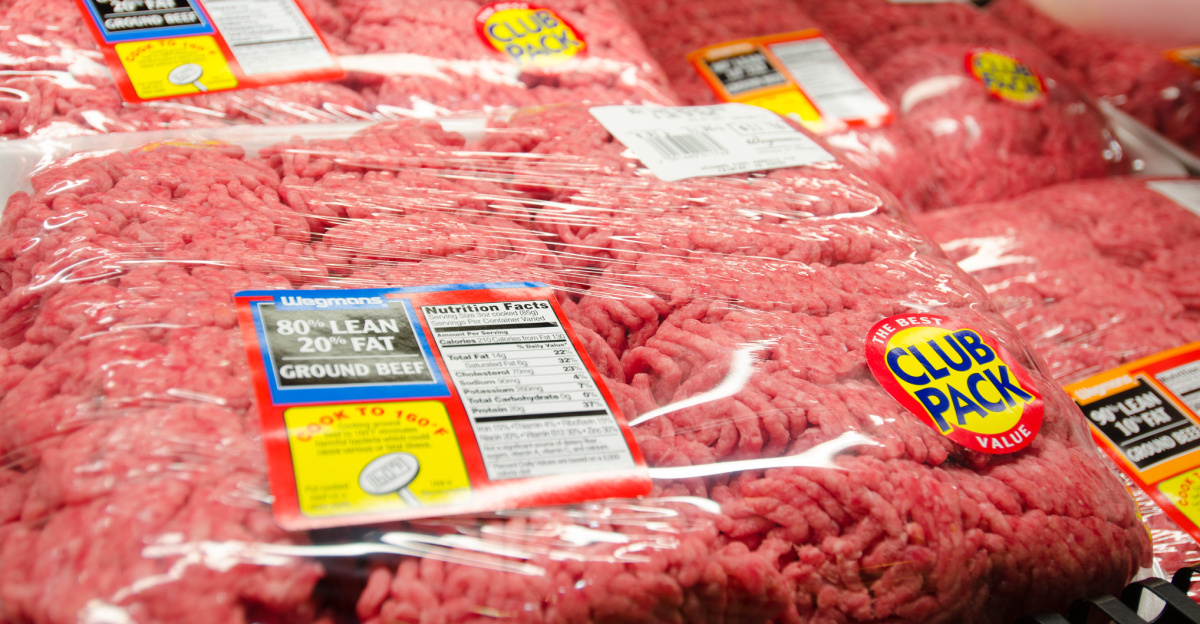
As beef prices climb, many consumers turn to more affordable proteins like chicken and plant-based alternatives. This shift challenges retailers to adapt their offerings to changing demand patterns. For Walmart, controlling the beef supply chain is one way to keep prices competitive and retain customers. However, the broader market must also innovate to meet evolving consumer preferences.
Rising costs force shoppers to reconsider their protein choices, impacting the meat industry. Retailers that fail to respond risk losing market share to competitors who offer better value or variety. This trend underscores the importance of flexible supply chains and pricing strategies in today’s volatile food market.
The Future of Your Steak Dinner

Walmart’s bold bet on controlling its beef supply chain could stabilize prices and reshape the market, but challenges remain. Rising feed costs, drought, and supply shortages threaten the industry. Whether Walmart’s new processing plant can deliver consistent savings and availability remains to be seen. The future of beef pricing may hinge on how well retailers manage supply chain complexities and balance relationships with producers.
This evolution could mean steadier prices and better quality or continued volatility for consumers. One thing is clear: how beef reaches your plate changes, impacting your dinner table for years. The coming months will reveal whether Walmart’s strategy becomes a model for the industry or just another experiment.
